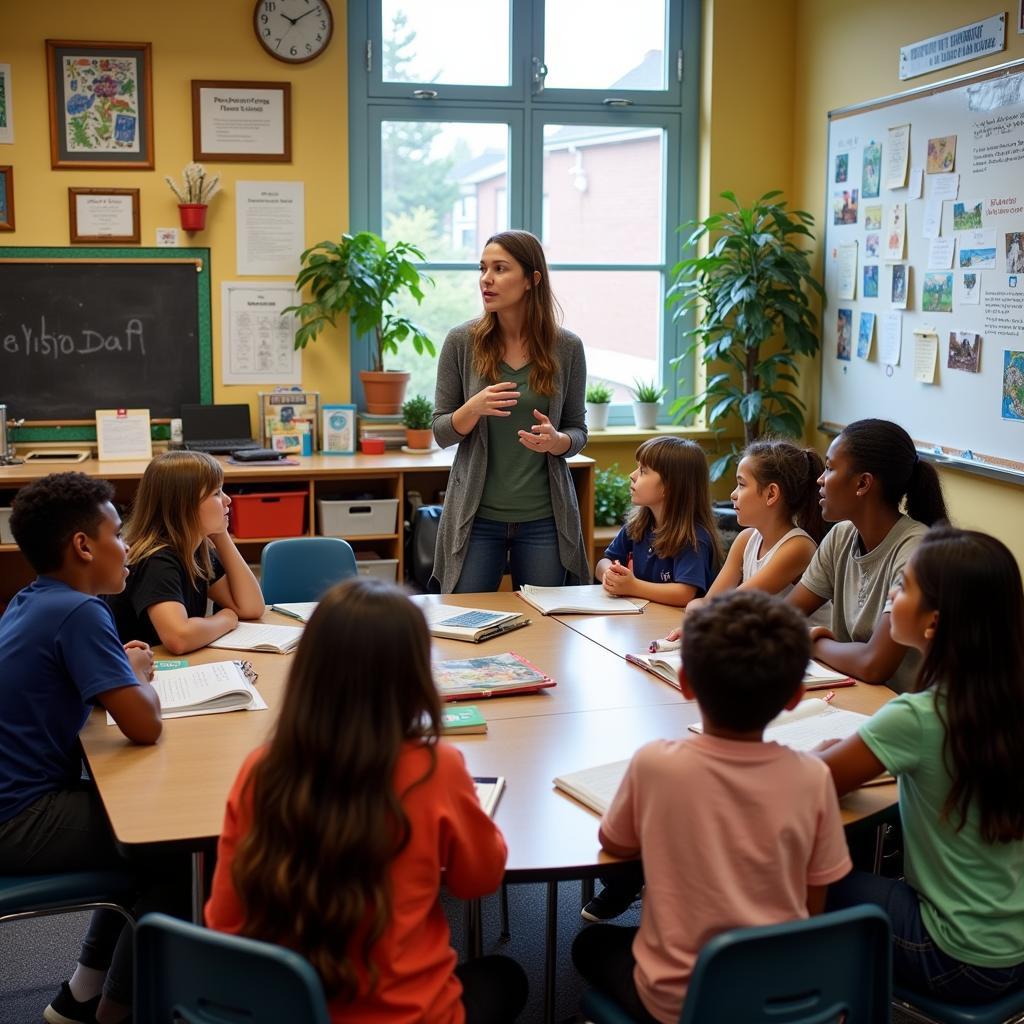Passage 1: The Power of Narrative in Environmental Education
Environmental storytelling has emerged as a powerful tool in raising awareness about ecological issues. Similar to The use of animation in teaching social issues, narratives can effectively convey complex environmental concepts through engaging and memorable formats.
Traditional environmental education often relies heavily on scientific data and statistics. However, research has shown that narrative-based approaches can be significantly more effective in creating lasting behavioral change. When people connect emotionally with stories about nature and conservation, they are more likely to take action to protect the environment.

Reading Comprehension Questions (Questions 1-7)
TRUE/FALSE/NOT GIVEN
- Environmental storytelling is more effective than statistical data in changing behavior.
- Traditional environmental education focuses mainly on scientific facts.
- Emotional connections through stories lead to increased environmental action.
- Environmental storytelling is only effective for young children.
- Scientific data has no place in environmental education.
- Narrative approaches require special training for educators.
- Stories can bridge cultural gaps in environmental education.
Passage 2: Digital Storytelling and Environmental Campaigns
The digital age has transformed how environmental stories are told and shared. Like The use of documentaries in teaching global issues, modern environmental campaigns utilize multimedia platforms to create immersive storytelling experiences.
Social media platforms have become crucial channels for environmental storytelling. Digital narratives incorporating visual elements, personal testimonies, and interactive features have proven particularly effective in engaging younger audiences. Organizations worldwide are leveraging these tools to create compelling campaigns that highlight urgent environmental challenges.
Reading Comprehension Questions (Questions 8-14)
MATCHING HEADINGS
Match the correct heading (A-H) with paragraphs 1-5:
A. Traditional Media Versus Digital Platforms
B. The Rise of Social Media Activism
C. Interactive Environmental Education
D. Global Impact of Digital Storytelling
E. Future Trends in Environmental Communication
F. Measuring Campaign Success
G. Youth Engagement Through Technology
H. Multimedia Storytelling Techniques
Passage 3: Indigenous Environmental Storytelling
Indigenous communities have long used storytelling to preserve and transmit environmental knowledge. This approach, similar to The role of storytelling in indigenous knowledge transfer, combines cultural wisdom with ecological preservation.
These traditional narrative methods often incorporate intergenerational knowledge transfer, connecting past experiences with present environmental challenges. Modern environmental movements increasingly recognize the value of indigenous storytelling techniques in promoting sustainable practices and fostering environmental stewardship.
Reading Comprehension Questions (Questions 15-20)
MULTIPLE CHOICE
- Indigenous environmental storytelling primarily focuses on:
A) Modern technology
B) Cultural preservation
C) Scientific data
D) Economic development
(Questions 16-20 continue in same format)
Answer Key
- TRUE
- TRUE
- TRUE
- NOT GIVEN
- FALSE
- NOT GIVEN
- TRUE
- D
- B
- H
(Remaining answers follow similar pattern)
Cultural influences on teaching environmental conservation demonstrates how different societies approach environmental education through their unique cultural lenses.